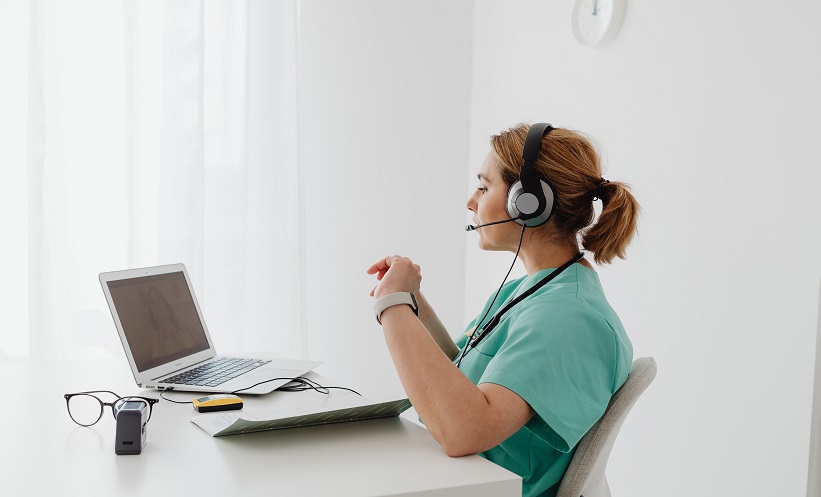YOUNG adults who opt to attend diabetes clinics via telehealth have exhibited better attendance and less distress compared with those attending in person. Jennifer Raymond, Chief of the Division of Endocrinology, Diabetes and Metabolism at Children’s Hospital Los Angeles, USA, where the study took place, described the importance of these findings, “Adolescents and young adults with type 1 diabetes are at high risk for diabetes distress, which is associated with poor diabetes outcomes.” She went on to explain, “Stabilising diabetes distress may result in improved clinical outcomes and increased engagement in diabetes care,” highlighting the opportunity that telehealth provides in this field.
This investigation was conducted on an American cohort of 68 adolescents and young adults, aged 16 to 25 years, who had been diagnosed with Type 1 diabetes for at least six months. These individuals were randomly assigned to an intervention adapted from the Colorado Young Adults with Type 1 Diabetes (CoYoT1) care model or standard care via either telehealth of in-person visits. Participants received care from six physicians, three using the CoYoT1 care model, and the other half standard care. All participants were randomly assigned to attend either all their visits in-person, or three visits via telehealth and one in-person, with appointments taking place roughly every three months. Electronic medical records were used to obtain demographics and clinical data, with participants completing the Diabetes Distress Scale, the Diabetes Empowerment Scale–Short Form and the Centre for Epidemiologic Studies Depression Scale at baseline and all four visits.
Thirty-nine of the cohort primarily attended their clinic via telehealth, and 29 attended in-person; those attending online had a mean 3.33 visits in the study period, compared with 2.47 for those in-person (p=0.007). Regardless of the intervention, the telehealth bracket experienced no change in physician-related diabetes distress, whereas those attending in-person had worse distress at final visit (p=0.04). Those assigned to the CoYoT1 care intervention, and participating via telehealth, had significant reduction in HbA1c blood levels during the study, during the study compared with those receiving standard care in-person (change in HbA1c = -0.83%; p=0.04). No significant differences were observed between the brackets with the other distress domains. Raymond highlighted the findings from this study and the impact telehealth is having on this specialty, “Telehealth may be an option for increasing successful visit completion…From a clinician and diabetes centre standpoint, this will result in successful utilisation of clinician time and improve patient access.” Future study is urged to explore how the form of care shifts diabetes distress experiences in patients, how providers can expand their telehealth skills and if this can be personalised further, and how telehealth is received for people living in marginalised communities.







